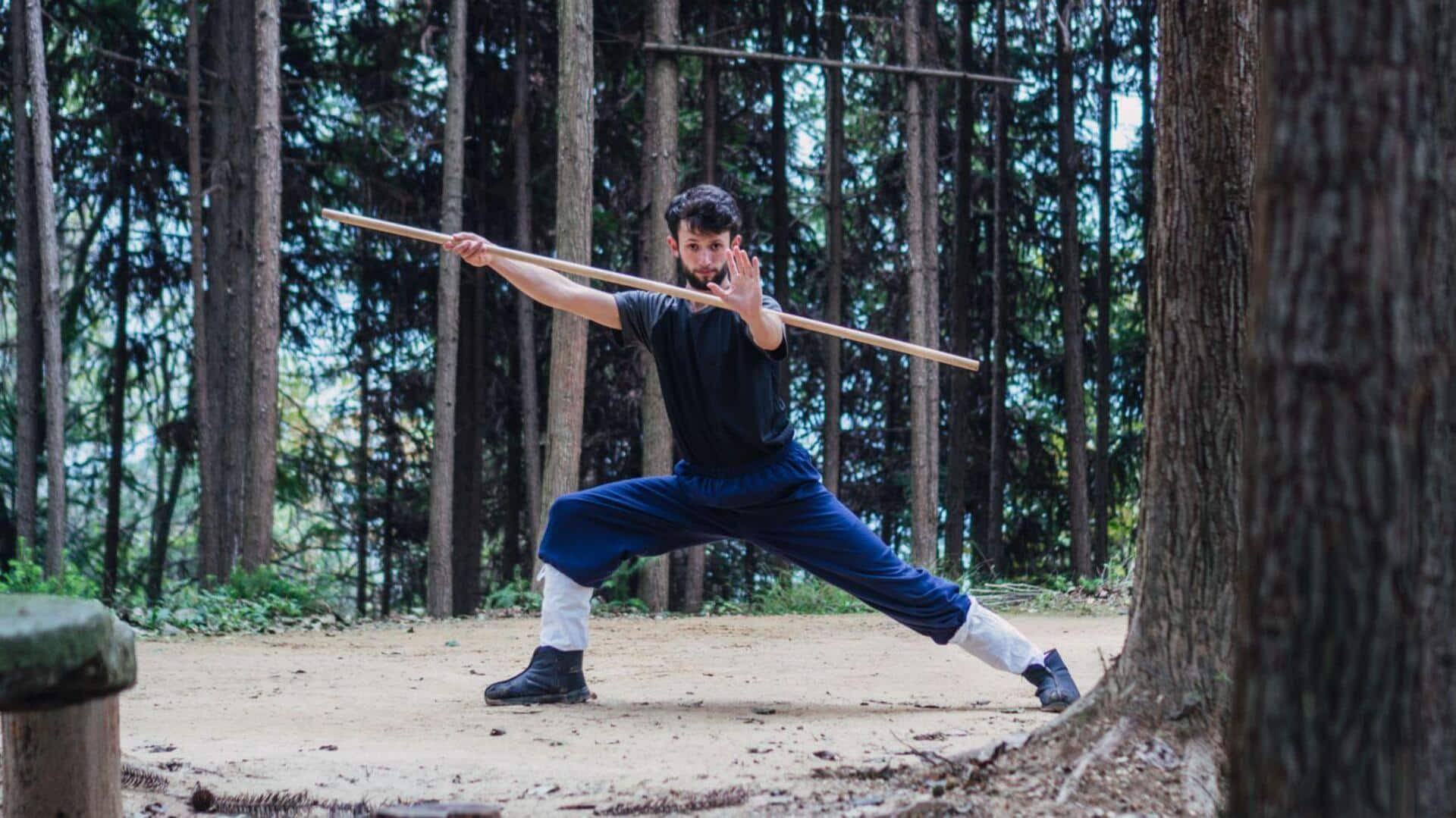
Tai chi or yoga: Which is better for flexibility, relaxation?
What's the story
Tai chi and yoga are two ancient practices that have gained immense popularity for their benefits in improving flexibility and relaxation. Both practices have their own unique techniques and philosophies, which can help practitioners in different ways. While tai chi concentrates on flowing movements and breathing, yoga focuses on postures and stretching. Let's take a look at how each of them can help you with flexibility and relaxation.
#1
Flowing movements in Tai Chi
Tai chi is a martial art that emphasizes slow, deliberate movements. These flowing motions help in increasing flexibility by gently stretching muscles and joints. The continuous movement sequence promotes circulation, which can lead to improved range of motion over time. Practicing tai chi regularly can result in greater muscle elasticity and joint mobility, making it an effective practice for those looking to enhance their physical flexibility.
#2
Breathing techniques in yoga
Yoga also emphasizes the importance of deep breathing techniques to promote relaxation. The practice of controlled breathing exercises, such as pranayama, can help reduce stress levels by calming the nervous system. This focus on breath control not only aids in achieving mental clarity but also supports physical relaxation by lowering heart rate and blood pressure.
#3
Postures for increased flexibility
Yoga postures or asanas are designed to stretch different muscle groups, improving overall flexibility. Poses like downward dog or pigeon pose target specific areas of tension or stiffness in the body. Regular practice can lead to increased lengthening of muscles, which contributes to better posture and reduced risk of injury during physical activities.
#4
Mindfulness practices in Tai Chi
Another key aspect of tai chi is mindfulness, which is practiced through focused attention during movements. This meditative approach encourages practitioners to be present in the moment, reducing mental stressors effectively over time with consistent practice sessions. Mindfulness also promotes a sense of inner peace, contributing significantly towards overall well-being when practiced regularly alongside other healthy lifestyle choices.